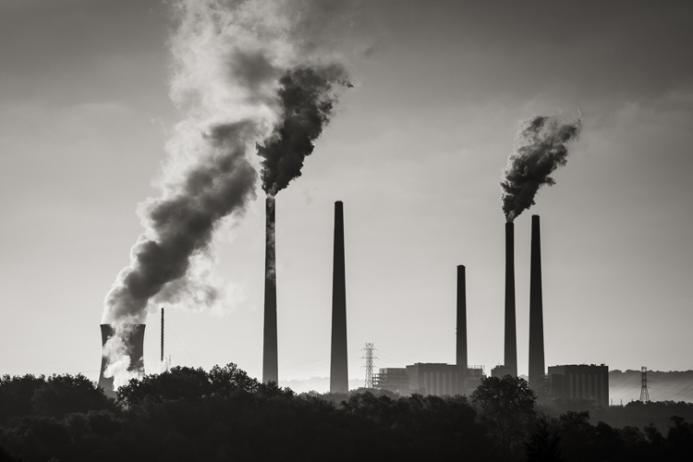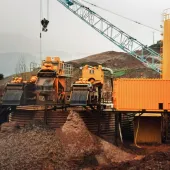Building a sustainable future
From viaducts and bridges to high-rise buildings and tunnels, concrete is the backbone of our modern infrastructure, but its production comes at a significant environmental cost.
It’s only natural then that as concerns about sustainability grow, the concrete industry is exploring innovative ways to reduce its carbon footprint and minimize waste.
Researchers at Flinders University, have made remarkable strides in this direction, developing a high-performance and sustainable concrete formula that not only addresses environmental concerns but also enhances the mechanical properties and durability of concrete.
One key challenge in concrete production, in particular, is the alkali–silica reaction (ASR). This can adversely affect the mechanical properties and longevity of concrete structures and is particularly problematic when using recycled aggregates that contain significant amounts of silica.
However, the research team has found a solution by utilizing a blend of ground granulated blast furnace slag (GGBS) and fly ash, both byproducts of industrial processes, as binder materials. GGBS and fly ash serve as effective supplementary cementitious materials, reducing the negative effects of ASR while enhancing the performance of concrete.
By incorporating these materials into concrete mixes containing crushed glass sand and coarse recycled concrete aggregate (RCA), the researchers have achieved impressive results.
They discovered that combining 20% GGBS with 30% fly ash yields concrete with similar compressive and flexural strengths as traditional concrete containing natural sand.
Moreover, the use of recycled materials in concrete production offers additional benefits beyond mitigating ASR.
Replacing natural sand with glass sand can significantly reduce the depletion of natural resources and minimize the environmental impact associated with sand mining.
Additionally, incorporating fly ash and GGBS helps decrease the emission of greenhouse gases and pollutants generated during cement production, contributing to a more sustainable built environment and circular economy.
The research findings underscore the significant potential of using alternative materials in concrete production. By embracing sustainable practices and integrating recycled materials into construction projects, concrete producers can play a pivotal role in building a greener future.
Whether it's road construction, landscaping, or infrastructure projects, the adoption of these innovative technologies can lead to more environmentally friendly and resilient concrete structures.
The use of alternative materials also opens up new opportunities for collaboration between academia, industry, and policymakers. By investing in research and development and incentivizing the adoption of sustainable practices, we can accelerate the transition towards a more sustainable concrete industry.
The research conducted by Flinders University and its collaborators offers a glimpse into the future of concrete production. By harnessing the potential of alternative materials and sustainable technologies, we can create concrete structures that are not only durable and high-performing but also environmentally responsible.
Working together we can build a sustainable future one concrete block at a time.







